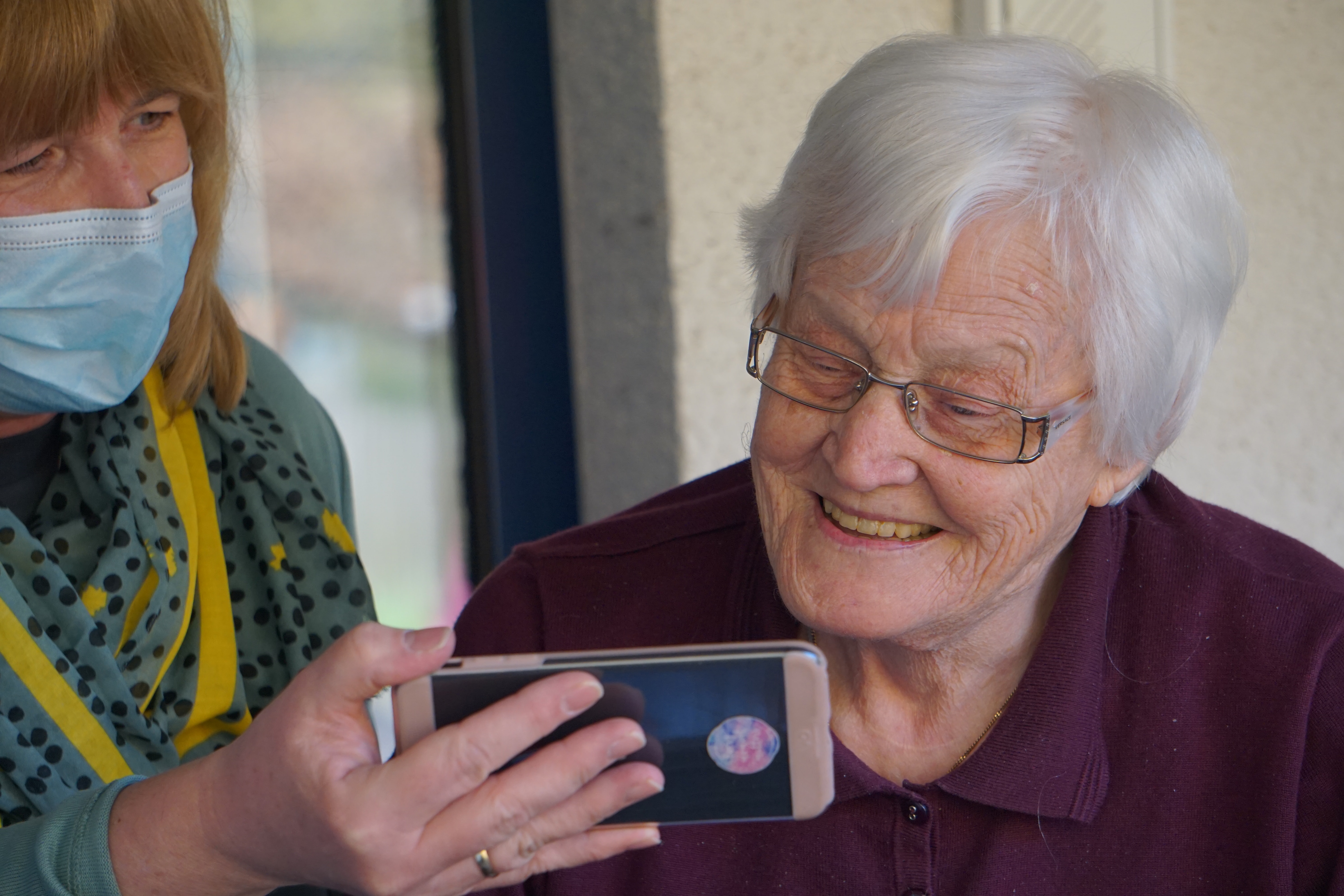 |
| The convenience of smartphone telehealth applications can help maintain continuity of care but can suffer from poor reliability. Photo: Getty Images. |
Doctors and patients alike significantly increased their use of smartphone apps for medical consults during the COVID-19 pandemic, owing to the need for non-contact medical care. However, few studies have formally evaluated the validity, reliability and clinical utility of these applications. Researchers in Tokyo recently conducted a meta-analysis of 71 articles reporting original data on the effectiveness of treatment, disease detection, diagnostic accuracy, disease monitoring and usability of smartphone applications in eye care, some dating back to 1987 but most of more recent vintage. In terms of respective application of interest, 33.8% studies assessed diagnostic accuracy, 23.9% assessed disease detection and three 4.2% assessed intervention efficacy.
The study, published in Ophthalmology Science, identified 48 smartphone applications with potential for clinical implementation in eye care, of which 27 (56.3%) were publicly available to download. While the majority of applications exhibited clinical utility, several showed lower diagnostic accuracy and disease detectability compared with conventional examinations.
The breakdown of the apps by functionality was as follows: ophthalmic examinations (35.4%), disease detection (27.1%), support for medical personnel (20.8%), disease education (10.4%) and encouragement of treatment adherence for patients( 6.3%). The largest number of applications targeted amblyopia (18.8%), followed by retinal disease (10.4%). Two (4.2%) smartphone applications reported significant efficacy in treating diseases.
Paid applications demonstrated significantly higher sensitivity than free ones, and a significant correlation was observed between sensitivity and application price. The researchers did note that the sample size of paid applications in this study was quite small, so it could not be definitively concluded that paid applications were superior to free ones.
“The number of clinically assessed applications is expected to further increase in the future,” they wrote in their paper. “By using a variety of useful applications, eyecare practitioners can provide patients with novel types of care, such as tele-eye care.”
“The potential of medical and public health practice supported by mobile device applications in disease screening and treatment adherence appears to be high, and new values are expected to emerge with continual evolution of interventions and novel digital therapy strategies,” the authors concluded. “Comprehensive assessment of smartphone-based healthcare applications is expected to ensure the effective use of these systems for medical therapy.”
Nagino K, Sung J, Midorikawa-Inomata A, et al. Clinical utility of smartphone applications in ophthalmology: a systematic review. Ophthalmol Sci. May 30, 2023. [Epub ahead of print]. |


